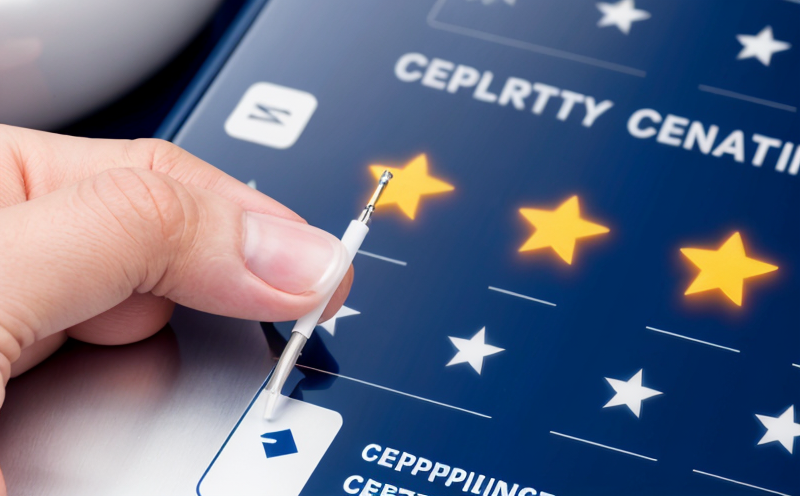Design Dossier Regulatory Compliance Testing
The design dossier regulatory compliance testing is a critical component of ensuring that medical devices meet all relevant regulatory requirements and standards before they can be marketed. This service involves the comprehensive compilation, evaluation, and submission of all pertinent documentation related to a device’s design, development, manufacturing processes, quality systems, and clinical data.
The design dossier plays a pivotal role in regulatory approval processes across different jurisdictions such as the U.S., EU, Canada, Japan, etc. It ensures that medical devices are safe, effective, and compliant with international standards like ISO 13485, ISO 14971, and IEC 62304. Compliance testing helps to identify potential risks early in the development process and provides a clear pathway for regulatory approval.
The process begins with thorough documentation of design inputs, which include user needs, specifications, and performance criteria. This is followed by detailed records of all design outputs like design verification and validation data. Quality assurance protocols are also documented to ensure consistent production processes. Clinical studies or literature reviews provide evidence for the safety and efficacy of the device.
Instrumentation used in this testing can vary widely depending on the nature of the medical device. For instance, biocompatibility tests may involve complex setups like cell cultures and animal models while electrical safety checks might require specialized equipment capable of withstanding high voltage and measuring insulation resistance.
The acceptance criteria for these tests are stringent and are often based on guidelines set forth by regulatory bodies such as the FDA or European Commission. For example, the FDA mandates that all devices must pass biocompatibility testing to demonstrate their safety when in contact with human tissues. Similarly, electrical safety requirements ensure that devices do not pose a risk of shock.
Failure to comply with these standards can lead to significant delays in bringing products to market or even prevent them from being sold altogether. Therefore, investing time and resources into thorough design dossier preparation early on is essential for successful regulatory compliance.
- Eco-friendly packaging solutions: Implementing sustainable practices like using biodegradable materials reduces waste throughout the supply chain.
- Energy-efficient manufacturing processes: Optimizing production techniques minimizes resource consumption and operational costs without compromising quality.
Why It Matters
The importance of design dossier regulatory compliance testing cannot be overstated. Regulatory bodies are responsible for ensuring public health protection, so they have stringent requirements for medical devices to ensure they are safe and effective.
Non-compliance can result in severe consequences including fines, product recalls, and reputational damage. Moreover, failure to meet these standards could lead to legal action against manufacturers or suppliers who do not adhere strictly to regulatory guidelines.
In addition to avoiding penalties, adhering to strict compliance measures enhances consumer trust which is vital for brand loyalty and market acceptance. Compliance also facilitates smoother interactions with regulatory authorities, potentially expediting approval processes and reducing costs associated with rework or additional testing.
Benefits
The benefits of engaging in design dossier regulatory compliance testing are numerous and far-reaching. First and foremost is the assurance that your product meets all necessary standards, thereby avoiding costly delays due to non-compliance issues later on.
Another significant advantage is increased market access; compliant products can be sold internationally without facing additional barriers such as lengthy requalification processes. Additionally, compliance enhances brand reputation by demonstrating commitment to quality and safety which appeals both to consumers and investors alike.
Compliance also streamlines communication between stakeholders involved in the development process from R&D teams to legal advisors ensuring everyone remains aligned towards achieving regulatory goals efficiently.





